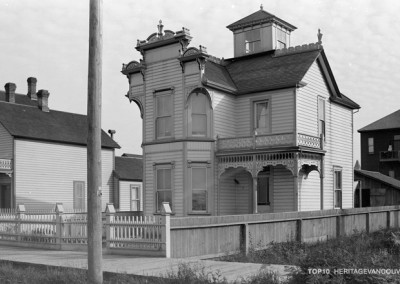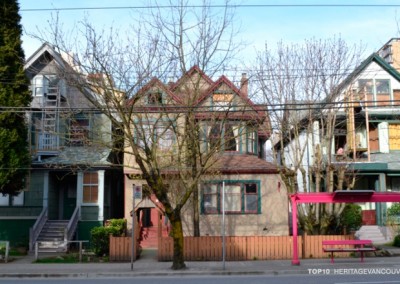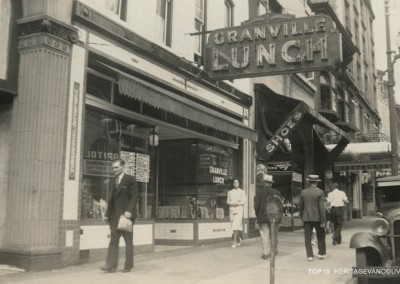On 11 February 2012, through a front-page article in the Vancouver Province, followed by segments on CBC radio and television, the public was alerted to the potential demolition of the Wilmar Estate in Southlands. It was reported in the media that the mansion required $5 million worth of upgrading to meet current building codes.
These wildly exaggerated costs, the prime location of this 9,000-square-foot house and the sprawling garden on almost one hectare, has led to speculation about site redevelopment. Only one side of the story was covered. It was not reported that Wilmar, which is listed on the City of Vancouver’s Heritage Register, could be retained and rehabilitated economically through incentives and sensitive new infill on the estate lands.
Threat
What is the threat to Wilmar?
The mansion and estate lands are listed for sale for $8.5 million but the 2011 assessed value of the house alone is considerably less.
The listing states the property is “…being sold for land value only.” and “…potential for redevelopment may exist.” In an example of very biased reporting, the Vancouver Province article asserted that Wilmar “…is headed for the wrecking ball…” The real estate agent, Larry Yatkowsky, is quoted as saying “it’s simply cheaper to start from scratch.” He asserted that it would cost $5 million to bring the building up to “code” even though there is no anticipated change in use.
It is true that a larger building could be constructed on the site, though its location along the Southwest Marine Drive escarpment might constrict the footprint. There are alternative forms of development which could conserve an upgraded Wilmar with costs defrayed through sensitive infill, as is often secured in Heritage Revitalization Agreements between an owner and the City of Vancouver.
The threat here is the lack of understanding of the potential benefits of house that has heritage significance.
Significance
Why is the Wilmar Estate significant?
The heritage mansion at 2050 Southwest Marine Drive, built in 1925, is historically and architecturally significant. Wilmar, the combined names of Willard and Mary Kitchen, was occupied by their family and descendents until 2006, when the last living member, Judith Jardine, passed away and bequeathed the residential property to the Vancouver Foundation.
Willard Kitchen was a director of The Pacific Great Eastern Railway, later to become BC Rail. It was designed by architects Benzie & Bow, the prominent partnership of James Anderson Benzie and William Bow that produced a number of significant buildings in the Lower Mainland.
Wilmar was designed in the Tudor Revival style, with typical features such as half-timbered gables and notable brickwork and chimneys. Tudor Revival was popular with clients throughout the British Commonwealth as it reflected a long lineage of English country manors, prestige and an aristocratic lifestyle.
Wilmar is listed as a “B” property on the Vancouver Heritage Register; however, its magnificent interiors make it a candidate for upgrading to category “A”. This is a spectacular house in a spectacular location on the Marine Drive escarpment.
Position
Heritage Vancouver’s Position
Heritage Vancouver submitted a letter to the Mayor and Council on February 20, 2012 outlining our position. This heritage house has been a victim of biased reporting, and there has been no public dialogue about how it could be retained. The site may have subdivision potential, secured through a Heritage Revitalization Agreement, which would enable the retention of Wilmar through opportunities for new infill on the estate lands.
There is no evidence that upgrades would cost up to $5 million. This unsubstantiated number is the basis for stating that the “house will have to be demolished”. If there is no change in use, and it is retained as a single-family dwelling, no major upgrading would be required to meet building code. There will be deferred maintenance and rehabilitation costs, but the figure of $5 million bears no reality to the actual physical condition of the house.
Any claims in the media that Wilmar will have to be demolished are completely unjustified. WilMar is an outstanding early example of a Vancouver estate home that could be retained through a negotiated development and heritage incentives. Council is urged to be receptive to retention and infill as a realistic and opportune solution for Wilmar, a proud legacy of Vancouver’s heritage.
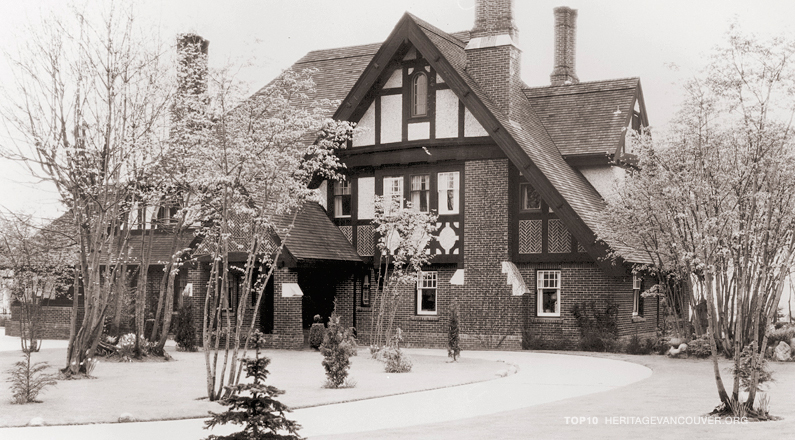


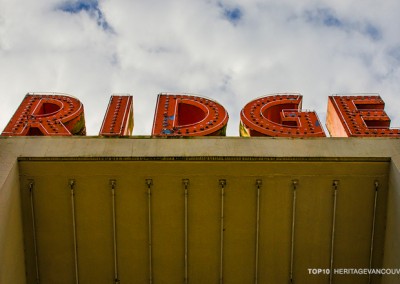
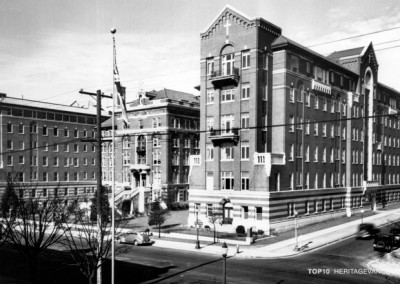
![4. Schools: Sir James Douglas Elementary (1910-12) [lost]](http://heritagevancouver.org/wp-content/uploads/2012/08/t10-school-douglas-795-400x284.jpg)
